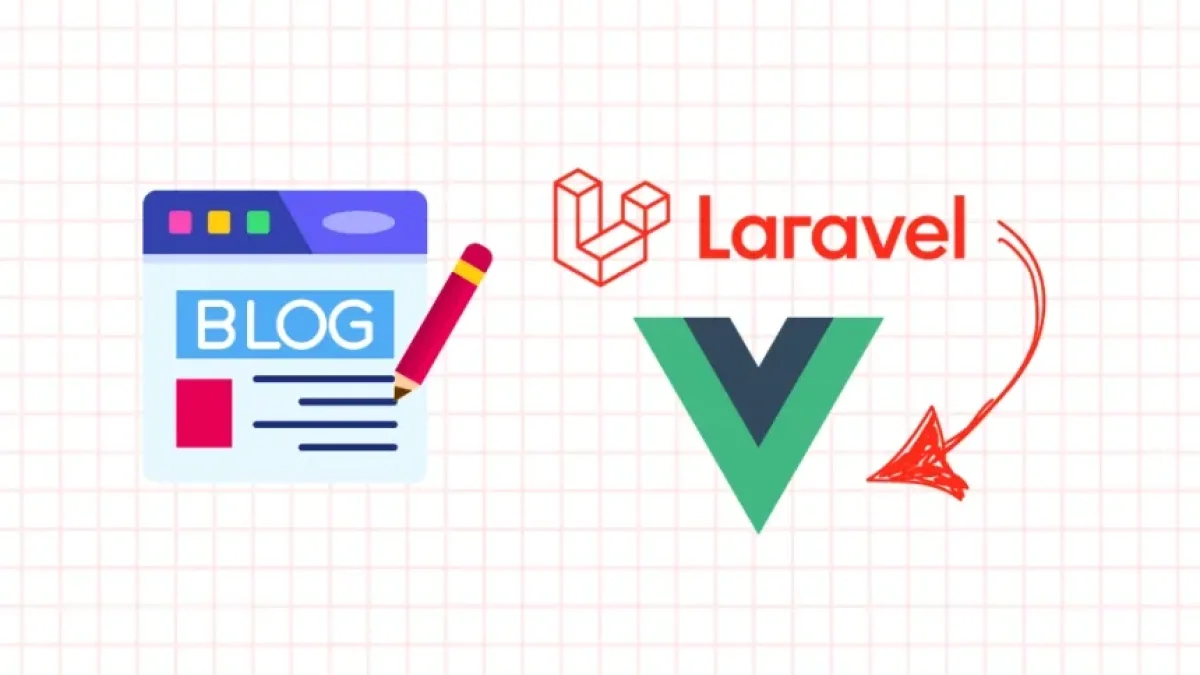Master the service-repository pattern in Laravel easily.


Web development has evolved to the point where software architects are looking to create more efficient and scalable applications. In this sense, the use of the service-repository pattern in Laravel has become essential for managing business logic and data access in a more organized and maintainable way. In this article, we will explore how to implement this pattern in Laravel simply.
What is the Service-Repository Pattern?
The service-repository pattern is a design technique that separates data access logic from business logic. This is achieved through two main components: the repository, which handles interaction with the database, and the service, which contains business rules and uses the repository to retrieve or store data.
Advantages of Implementing the Pattern
Some of the main advantages of using the service-repository pattern in Laravel include:
- Separation of responsibilities: The data access logic is isolated from the business logic, improving code organization.
- Ease of maintenance: These decouplings allow modifying one part of the code without affecting others, making it easier to maintain the application.
- Simpler testing: With a clear structure, it is easier to perform unit tests on the different components.
Implementation in Laravel
Creating the Repository
To implement this pattern, you first need to create a repository. In Laravel, this is typically done by creating a new directory within app called Repositories. Within this directory, you can define the interfaces and classes that will handle database queries.
Read also
For example, a repository for managing users could look like this:
namespace App\Repositories;
use App\Models\User;
class UserRepository implements UserRepositoryInterface {
public function find($id) {
return User::find($id);
}
public function all() {
return User::all();
}
// Other methods to manipulate user data
}Creating the Service
Next, you need to create a service that uses this repository. This service should be located in a directory called Services. Here, you define the business logic that will use the methods of the repository we just created.
An example of a service could be:
Read also
namespace App\Services;
use App\Repositories\UserRepositoryInterface;
class UserService {
protected $userRepository;
public function __construct(UserRepositoryInterface $userRepository) {
$this->userRepository = $userRepository;
}
public function getUser($id) {
return $this->userRepository->find($id);
}
public function getAllUsers() {
return $this->userRepository->all();
}
// Other business rules
}Registering the Repository in the Service Container
For Laravel to resolve dependencies properly, you need to register the repository and the service in the service provider. This is done in the register method of your AppServiceProvider.
public function register() {
$this->app->bind(UserRepositoryInterface::class, UserRepository::class);
}Conclusion
The service-repository pattern is a powerful tool that helps keep your code well organized, flexible, and easy to test. Implementing this pattern in your Laravel projects may seem complicated at first, but by following these steps, you will be able to master it with ease.
If you enjoyed this article, I invite you to read more news and similar articles on my blog. Here, you will find a wealth of resources to continue learning about development and technology.



















